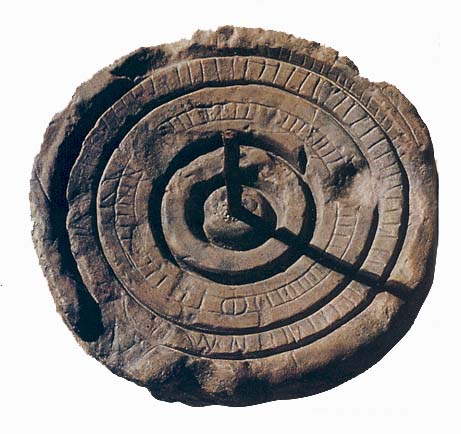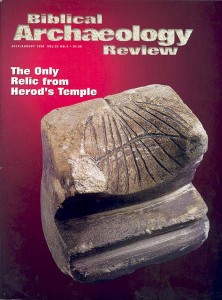Bad Timing
What time is it when the Qumran sundial reads 15 o’clock? Time to get a new theory.

A recent issue of BAR contained a picture of a supposed sundial found more than 40 years ago in the excavations of Père Roland de Vaux at Qumran, the famous site near where the Dead Sea Scrolls were discovered (July/August 1997). The identification of the object as a sundial was based on a publication of the Shrine of the Book in Jerusalem, where most of the intact Dead Sea Scrolls are kept.1 Scholars described the object’s three concentric circles as a unique system for telling time: The inner circle measured daylight hours during winter, the middle circle during spring and fall, and the outer circle during summer. The hole in the center, they concluded, must have been for the gnomon, the object that casts the shadow on the dial, so they placed one there.
How this roundel could have been identified as a sundial is, frankly, difficult to understand. The identification displays a sorry failure to understand ancient science and technology, as well as the literature regarding sundials.
Already a library member? Log in here.
Institution user? Log in with your IP address.

